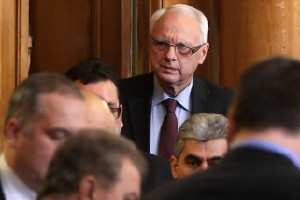One of the most important things for any business is its office. This is where all the important work gets done, so it needs to be suitable. If you get it right, it could be part of what pushes your business towards success. Here’s how to choose the right office for your company.
Consider the Needs of Your Business
Every business is different, so every business also has different needs. You need to think about what your business needs from its office space. If the business has a large workforce, you will have to make sure that the office is big enough to fit everyone in comfortably. There are so many different considerations that you have to make. But start by listing what your key priorities are. This should be done before you even start exploring all the options out there.
Decide Whether to Rent or Buy
This is one of the very first questions you should answer when you start looking for an office. If you want to rent, you should have a look at the options at Level Office. The advantage of renting an office is that you don’t have to worry too much about the cost. As long as you have a steady flow of income, you should be able to keep up with the rent demands. On the other hand, owning your own office space does give you a level of permanence and security that you don’t get when renting.
Think About How Flexible the Space Is
Flexibility is a big deal in the modern working environment. You don’t want to be tied down to one specific way of working. You want to be given as much room for manoeuvre as possible. Businesses change over time. Sometimes they grow and expand, and sometimes they downsize. Think about how this will effect your needs, and whether the office space you choose will be able to cope with the change. This is why it’s important to choose an office that is as flexible as possible.
Make Sure the Light is Adequate
Lighting is a big thing to think about when you’re choosing an office space. A lack of natural light flooding into the room can make it feel small, cramped and dull. That’s not the kind of environment you want to create for your employees to work in, is it? Of course, you can add as many electric lights as you like when you actually move into the office, but that will cost you more money. The best idea is always to choose an office that has lots of light and brightness in it.
Think About the Impact of the Location You Choose
Last, but certainly not least, is the location. This might be the single most important thing to decide upon. If your business relies on passing trade and you need to be easy to find for customers and clients, it might make sense to locate it in the city centre. The problem with this is that it costs a lot of money. So, if getting passing trade is not so important, it might make more financial sense to situate the business out of town.

















